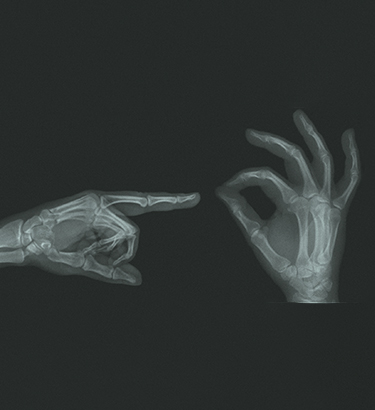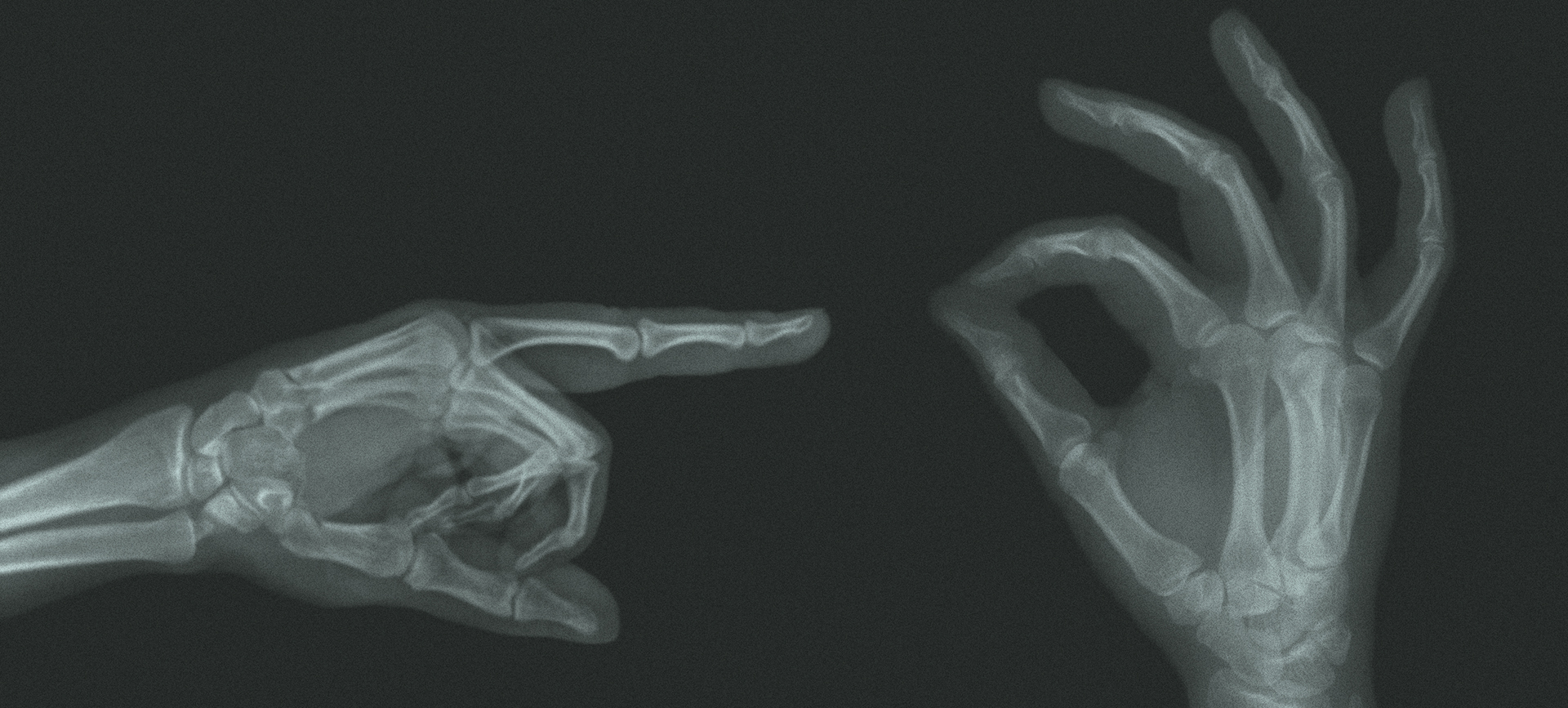For most people, joint dislocations and subluxations–a partial dislocation–are a rarity triggered by injury, but for people with a select group of chronic illnesses, they are a constant risk.
Two of the conditions that cause these symptoms are Ehlers-Danlos Syndrome (EDS), a connective tissue disorder with multiple types, and joint hypermobility syndrome (JHS), a diagnosis characterized by flexible joints and associated pain.
"EDS is a multisystemic connective tissue condition with no cure," explained Lara Bloom, who has EDS and is the president and CEO of the Ehlers-Danlos Society in the United Kingdom. "In the rarer types of EDS, there is also weakness of specific tissues that can lead, for example, to major gum and dental disease, eye disease, cardiac valve and aortic root disorders, and life-threatening abdominal organ, uterine or blood vessel rupture."
The most common type of EDS is hypermobile EDS, affecting approximately 1 in 100 to 200 people. There are 13 types of EDS, with most being very rare, but classic EDS is noted by stretchy skin, hypermobile joints and abnormal wound healing.
My hypermobile joints mean daily pain and constantly strengthening the muscles around my weakest joints to prevent subluxation. Although I have never had a full dislocation, the threat of it looms over every sharp joint pain or unplanned movement.
"I was a late diagnosis, so I lived my life assuming my chronic pain, gastrointestinal issues [and] subluxations were normal," said Jenna, 34, an EDS patient who lives in the United States and requested her full name not be used. "Last year, I was diagnosed with two torn labrum muscles, hip dysplasia, mild EDS and hypermobility disorder. Having that diagnosis made it feel like a weight was lifted off my chest; for years, I was told it was in my head."
Shrouded in mystery, these types of conditions are often sidelined in favor of easier to understand diagnoses. Their effect on sexuality is hard to assess without in-depth research or an overall broader investment in developing and understanding disabled sexuality.











